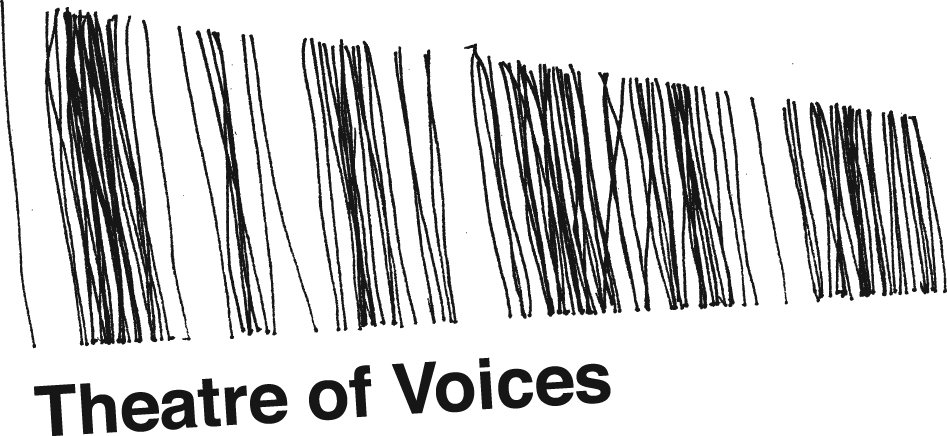This september, Theatre of Voices is coming together to record a selection of English glees at Garnisonskirken in Copenhagen. Please note that this event will not be open to the public.
ENGLISH GLEE
In 18th-century England a new type of vocal music was created by composers and singers alike. This music was generally described as a "glee"; and just like the word "madrigal", while everyone knew what it was, they could not explain where the word had come from, and therefore what it originally meant. Glee (gleo, gligge) is in fact a very old word and goes back to the Anglo-Saxon language, having a general meaning of music: playing an instrument, performing, entertaining, having fun. The glee word stayed in use - with Chaucer in the 14th century, Shakespeare around 1600 – and in the middle of the 17th century we find an early example of a partsong for three voices being described as a glee. By the middle of the 18th century, composers had started writing glees on a regular basis, many of which became popular, especially with the numerous singing clubs of that period. A new genre of music had been established.
At first glees were mostly short pieces for three or four singers—typically male alto, tenor and bass—but the call for glees, the opportunity for winning prizes, and the general ambition of singer-composers drawn into this process, soon encouraged larger scale pieces, more adventurous texts, and more singing parts: from three to as many as six. While simple song-like glees remained popular, glees often developed into relatively complex works in several sections, with changes of tempo, time signature, dynamics, and a more than passing sense of sonata style. In the early 19th century glees were featured in public concerts, which extended the repertoire further and soon involved well known leading sopranos as well (boys having been used hitherto). In addition to concerts and the ongoing background of musical clubs, glees were soon being heard in London's numerous pleasure gardens, and often in the drawing rooms of musical families, where visitations of a group of professional glee singers provided musical entertainment,
The glee remained popular well into the middle of the 19th century, though increasingly it was either displaced by the Victorian partsong, or warmly accepted as an exercise in nostalgia. Theatre of Voices have recorded a selection of glees by ten of the best glee composers, though naturally it is a personal choice which could be doubled in number by a different selection. However, the main names are there, and in several cases the choice of text has been carefully considered too. In addition, several pieces are related to the poet and gardener, William Shenstone (see Arne, Mornington, Battishill).
Paul Hillier
THEATRE OF VOICES
-Else Torp
-Kate Macoboy
-Laura Lamph
-Miles Lallemant
-Francis Gush
-Jakob Skjoldborg
-Edward Woodhouse
-Nils Greenhow
-Jakob Bloch Jespersen
-William Gaunt
Paul Hillier, artistic director
Preben Iwan, recording
